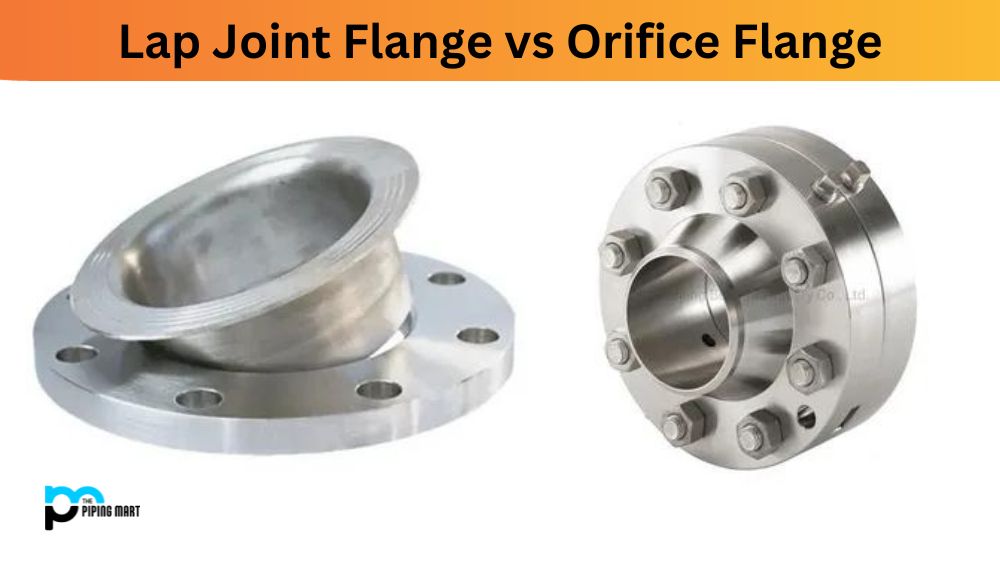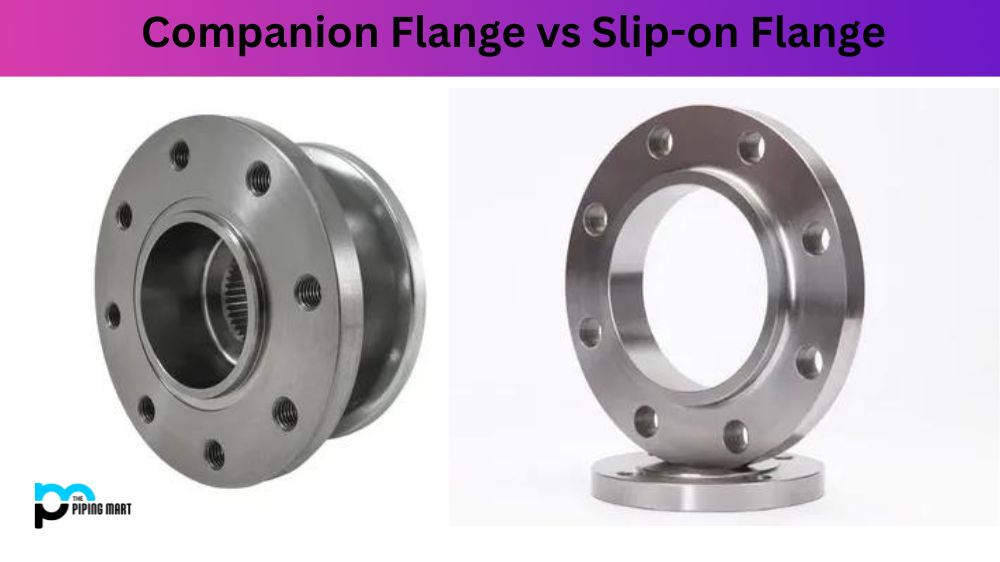Flanges are an essential part of piping systems used in various industries. They connect piping or other equipment to vessels, pumps, valves, or other components. Flanges come in different types, and two flanges commonly used are Lap Joint Flanges (LJF) and Orifice Flange (OF). If you are new to piping systems, it can be challenging to differentiate between the two. This blog post will discuss the difference between Lap Joint Flanges and Orifice Flanges.
What is Lap Joint Flanges?
Lap joint flanges are a type of specialized pipe flange that is used in certain industrial piping applications. They use a groove cut into the face of the flange to join it to companion components, making it ideal for temporary or dismantling operations. This type of flange offers several advantages, most notably its higher level of adaptability compared with weld-neck and slip-on varieties. They are much easier to install and require less maintenance than other styles.
What is Orifice Flanges?
Orifice Flanges are parts used to equip a pipe to measure the flow of fluids or steam. They have circular ends, drilled holes, and raised faces. The raised face helps establish proper alignment during installation, while the holes are designed for the orifice plate and its associated pressure tap connections. This flange type is available in various materials such as stainless steel, duplex steel, alloy steel & and carbon steel. Orifice Flanges offer an accurate method of measuring flow rate by controlling pressure drops across a restriction within a pipe system.
Difference Between Lap Joint Flanges and Orifice Flange
Design:
A Lap Joint Flange is designed to work with a stub end inserted into the flange. The flange then rotates around the stub end. The Lap Joint Flanges comprise the flange itself and a loose lap joint stub end. The joint is made by welding the stub end to the pipe, and then the lap joint flange is slipped over the stub end. A gasket is placed between the two flanges to ensure a tight seal.
On the other hand, Orifice Flanges are used in orifice metering systems where the fluid flow needs to be measured. The Orifice Flange has a circular hole or orifice placed in the center. The orifice is concentrically machined in the flange to produce an accurately sized orifice. The Orifice Flange also comes with pressure tappings that allow the measurement of pressure in the pipe upstream and downstream to be measured.
Applications:
Lap Joint Flanges are used in low-pressure piping or pipelines where alignment of the bolt holes is not critical. They are also used in applications where frequent dismantling of the piping system is required, such as testing the pipeline with testing equipment. Lap Joint Flanges are mostly used in systems that require frequent maintenance.
On the other hand, Orifice Flanges are used in orifice metering systems to measure fluid flow. They are found in oil and gas, chemical and petrochemical industries, and many others. The Orifice Flange is essential in orifice metering systems as it creates a restricted flow area, which produces a predictable and accurate pressure drop.
Flange Face:
The Flange Face of Lap Joint Flanges doesn’t have any raised face. Instead, it has a flat face that is used with a lap joint stub end. The Lap Joint Flange surface is typically machined flat. In contrast, the Flange Face of the Orifice Flange is a raised face (RF). The raised face provides additional surface area for the gasket, which increases the strength of the seal.
Bolting:
The bolting of Lap Joint Flanges is separate from the joint assembly. The Lap Joint Flange is kept in place by the pressure of the two stubs. Bolts and nuts secure the Lap Joint Flange to the stub end and the adjacent piping. The Orifice Flange has a uniform bolt hole pattern around its circumference, which provides more reliable and accurate alignment to the measurement tapping points and the orifice.
Conclusion:
While Lap Joint Flanges and Orifice Flanges differ in their design, their applications are specific to certain industries. Both are essential in their respective fields. Lap Joint Flanges are mostly used in low-pressure piping systems, while Orifice Flanges are used in orifice metering systems. Understanding the difference between the two types of flanges is crucial. Please choose the right flange for your application to ensure its proper functioning and a longer service life.

Hey, I’m Krutik, a casual blogger expert in the metal industry. I am passionate about providing valuable information to my readers. With a background in engineering and construction, I like playing Cricket & watching Netflix shows in my free time. Thank you for visiting my blog, and I hope you find my information helpful!




